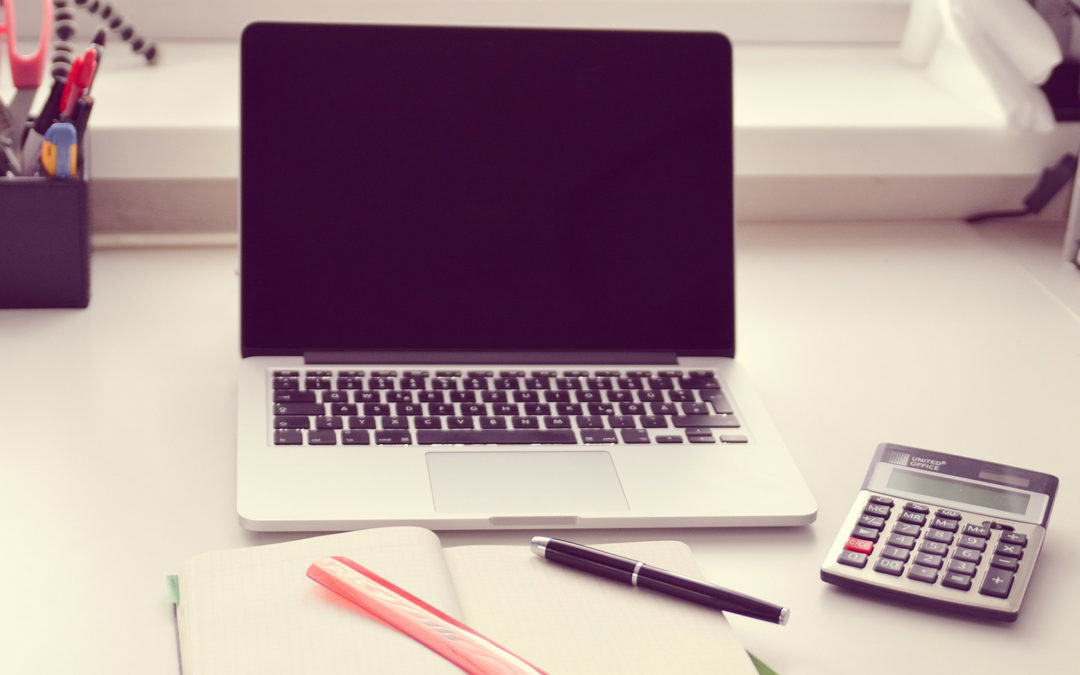How much of a down payment do you really need to buy a home? Saving up a down payment is one of the biggest obstacles for most people when buying a home. You may have heard the old rule that you need to save 20% down to buy a home.
44% of Americans believe you need a down payment of 20% or more to buy a home. But that’s not actually true. You can buy a home for less—sometimes, a lot less. In fact, the average first-time buyer puts just 7% down, while the average buyer puts 13% down.
What is a Down Payment?
If you’re not going to buy your home with cash, you’ll need a mortgage. While some loans will actually allow you to buy a home with a 0% down payment, most loans require you to put at least some money down.
If you purchase a $200,000 home and put $20,000 down, you have a 10% down payment. 20% down would be $40,000, which is quite a chunk of change to save up. Good thing it doesn’t have to be that much!
A Down Payment Impacts Your Monthly Payment
How much money you put down impacts your monthly payment. So if you want a lower monthly payment, put more money down.
Not only are you borrowing less money from the lender, but putting more money down means that you will likely have access to better interest rates. Better interest rates also lower your monthly payment.
Lower Down Payment Options
There are several well-known low down payment loan options. There are sometimes other low down payment loan programs, as well, depending on what’s available when you’re looking for a home.
VA Loan
If you served in the military for the minimum amount of time (90 days during wartime, 181 days of active duty during a peaceful time, or 6 years in the Reserves), you can get a home loan with 0% down and limited closing costs.
Interest rates for VA loans are often lower than they are for conventional loans because these loans are backed by the government, reducing the risk for the lender.
USDA Loan
A USDA or Rural Housing loan allows you to get a home with 100% financing. This program encourages people to buy in rural areas as well as some suburban areas that aren’t densely populated.
Interest rates for USDA loans are often lower than they are for conventional loans because they are backed by the government, reducing the risk for the lender.
FHA Loan
An FHA loan is geared toward low- and moderate-income buyers who don’t have ideal credit or a lot of money for a down payment. This loan program allows you to buy a home for just 3.5% down.
Conventional 3% Down Programs
There are also a couple of 3% down programs that allow you to put less down on a home. If you’re interested in this option, let’s sit down and see what might work for you and your situation!
Private Mortgage Insurance
If you don’t put at least 20% down on a home, you’ll most likely pay private mortgage insurance (or PMI), though this isn’t always the case. (VA and USDA loans do not have PMI, for instance.)
PMI protects the lender in case you default on the loan, and the premium is usually added to your monthly payment.
However, paying PMI isn’t necessarily a bad thing. Trying to avoid it can actually cost you in the long run if you put off purchasing a home while you’re trying to save 20% down.
Need Some Help?
If you’re wanting to buy a home but aren’t sure how much you’re going to need to put down, give us a call! We have a lot of options and might be able to get you into a home sooner than you think.


Hi. I’m looking to get a home sometime next year. This would me my first home and I was just wondering how much money I need to save to purchase a house? I’m looking for house range between 350,000-400,000.